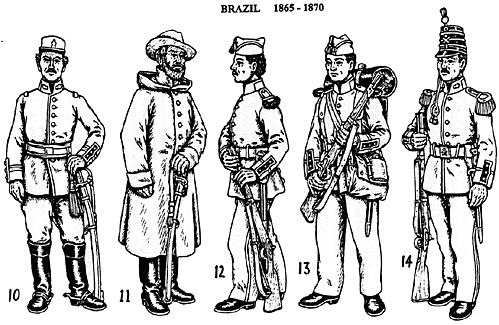FIGURE 10: Foot Artillery Captain. 1866-70:
Kepi with white cover and gold flaming grenade on the front. Tunic as for the last figure without the epaulets, white trousers in black boots, otherwise it is the same as for Figure 9.
FIGURE 11: Foot Artillery Officer in Greatcoat, 1866-70:
Dark brown slouch hat, plain dark blue greatcoat including attached hood, gilt buttons, black boots, white leather swordknot. It is not clear whether this is the official officer's greatcoat or a type that was in common usage.
FIGURE 12: Foot Artilleryman Undress Uniform. 1866-70:
Barracks cap with crimson top and a dark blue band, piped crimson, black tassel. Dark blue tunic with crimson collar patches, front and cuffpiping, black cuff flaps piped crimson, brass buttons, dark blue shoulder-straps piped crimson with black woollen crescents. Dark blue trousers with crimson piping, white belt and musket strap. The "Barroso" plates show a number of variations in the other rank's barracks caps: with or without dark blue piping on the seams of the top, with or without crimson piping edging the band, black or crimson tassel, etc.
There may not have been any truly established pattern for this item, only a sort of general pattern. Unfortunately, "Barroso" never depicted the other rank's kepi for this period, so it's unclear whether it had any sort of trim or not (virtually all the men are depicted in barracks caps, except for a couple in the full dress shako; might this have been the norm for foot artillery?). The foot artillery seem to have been armed with an assortment of long and short muskets during the war, generally with a sabre-bayonet.
FIGURE 13: Foot Artilleryman, Campaign. 1866-70:
Summer barracks cap with white top, dark blue band piped crimson, crimson tassel and national cockade on the front (some copies show a grenade instead of the cockade). The tunic is depicted as a pale cream to beige, probably indicating a very faded brown "working" tunic, with crimson collar patches, collar and cuff piping, black cuff flaps piped crimson and dark buttons; the shoulder-straps are depicted as the sarne pale beige colour as the tunic with black woollen crescents (some copies show crimson piping down the tunic front and edging the shoulderstraps; these variations are due to the fact that the plates were hand coloured). The trousers are decidedly white with white belts and musket strap, pale beige breadbag, waterbottle in a dark brown cover, black pack, the large roll on the top appears to be covered with a black oilcloth.
FIGURE 14: Foot Artilleryman. Full Dress. 1866-70:
Black conical shako wrapped with crimson cords hanging with flounders and tassels on the breast, brass front devices with national cockade, crimson tufted pompom. Dark blue tunic as for Figure 12 except small yellow flaming grenades on the collar patches, dark blue epaulets piped crimson with brass crescents and crimson fringe (as worn for full dress pre-war, except that the straps were also crimson). Dark blue trousers with crimson piping, no gaiters, white belt, the brass plate on this case is embossed with the same device worn on the shako.
Muskets are generally shown with brass finings, the bayonets with steel hilts, wooden grips, brass and black leather scabbards. Note that while the "Barroso" colour plates depict 3 single cords circling the foot artillery shako, a black and white detail drawing in the text shows 3 double cords instead, perhaps due to the reduced size of the coloured figures these appear to be only single cords. Also the shako cords are placed horizontally, and not in a spiral, the coloured figures show variations in the cuff flaps, some having a crimson piping edging the rear face, others are without.

Uniforms of Artillerists:
Other Installments:
Back to Table of Contents -- El Dorado Vol VII No. 4
© Copyright 1997 by The South and Central Military Historians Society
This article appears in MagWeb (Magazine Web) on the Internet World Wide Web.
Other military history articles and gaming articles are available at http://www.magweb.com